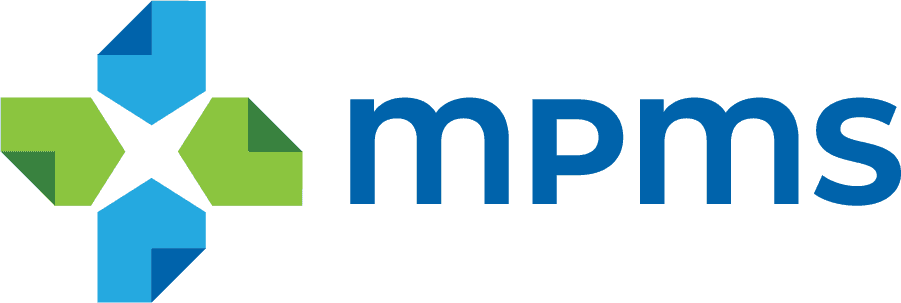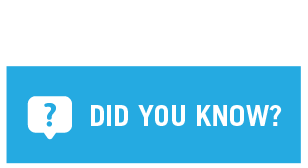Credentialing and Provider Enrollment: The Fabric to the Success of your Practice
1. Credentialing: What does it mean?
- Credentialing is a systematic process of obtaining and verifying a health care provider’s professional qualifications.
- The qualifications that are reviewed and verified include, but are not limited to, the following: academic background, relevant training, licensure, board certification, work history, and malpractice history.
- Insurance credentialing is the process of becoming affiliated with insurance companies to ensure health care providers can accept third-party reimbursement.
- Before a provider can become contracted with a health plan/insurer, credentialing is required. Credentialing provides liability protection for both the insurer and the insured.
- Provider enrollment is the process of requesting participation in a health insurance network as a participating provider. The process involves requesting enrollment/contracting with a plan, completing the credentialing/enrollment application, submitting copies of supporting documents (licensure, insurance, board certification, etc.), and signing a contract.
2. Provider Enrollment: What is the process?
- Provider enrollment is the process of requesting participation in a health insurance network as a participating provider. The process involves requesting enrollment/contracting with a plan, completing the credentialing/enrollment application, submitting copies of supporting documents, (licensure, insurance, board certification, etc.) and signing a contract.
3. Contracting: What is being contracted with a health plan?
- A provider contract is where the provider agrees to the terms and conditions of the health plan in order to be accepted as an In-Network Provider.
4. Best Practices
- Start Early- As soon as a provider commits to your practice, present them with a provider enrollment packet.
- Attention to Detail- Once signed applications have been returned, be sure to review EVERY application for accuracy and completeness before it is sent to a payer. Clean and complete applications get processed faster.
- Identify Payer Contacts- It’s important to identify a “go to” person for each health plan. This is vital as it allows for open communication and status updates on the applications.
- Follow Up- Follow up with the health plan to confirm receipt of application and that they have all documentation needed within 7 days. Once receipt of application is verified, continue to routinely check on the status of the application to ensure enrollment process is moving forward and to confirm that no additional information is needed.
- Verification- Verify all information listed on the health plan approval letters/emails is correct. Mistakes made in the data entry/credentialing process can affect claims processing.
- Communication- Provide status updates to the Office Manager/Billing Department. Communication and attention to detail are vital in getting providers started as quickly as possible. It is important to have credentialing professionals who understand the different ins and outs for each insurance company so important details aren’t missed.
Provider credentialing/enrollment/contracting is a critically important and complex piece of your practice. It is the fabric of your revenue cycle success.

